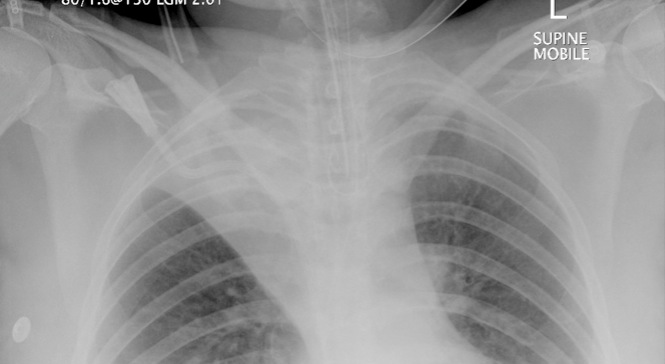I keep a little, ever-expanding note on my phone where I jot down little morsels of goodness that I pick up while listening to or reading one of the many excellent sites/podcasts in the useful resource section.
I’ll try and transfer them here for your enlightenment.
From renal fellow network on central lines. Click the link for a few more.
- use ultrasound – I was taught without ultrasound how to do all my lines. Now I don’t do many but when I do I mainly do femorals or subclavians and with the subclavians US is not much use. If I was doing IJs I’d definitely use it.
- make sure the needle is in the venous lumen by removing the syringe and watching how the blood comes out
- have little pots of saline to wash out syringes if needed
- keep control of the bloody wire!!! and it should be smooth on the way in and out
- when passing the wire for a SC line get the patient to turn the head away from you. I like to think this narrows the IJ and reduces the chance of the wire going up the IJ. I’ve done that:
- when securing the line I tend to put a wee bit of tension pulling the line toward the skin to stop it sliding in and out so much
- if doing IJ without US then I use the needle I’m putting the LA in with to “find” the IJ. I then use that to guide the big needle to the vein.
- in SCs I really hug the clavicle going under which can give you a slight kink in the line (below) which shows on x-ray but doesn’t seem to affect flow rates. I’ve done about 50 or so and a haven’t got a pneumo yet

UPDATE
VinceD has a great tip from Michelle Lin’s blog.
Inserting subclavian line: 10% risk that it will go up ipsilateral internal jugular (IJ) instead; finger-in-fossa technique— have assistant place finger in supraclavicular fossa, occluding IJ, then feed guide wire through subclavian vein; eliminates risk of wire going into IJ; patient complaints of ear pain, tickling in throat suggest wire in IJ.
UPDATE 2015
Scott has produced a fairly comprehensive review of central lines over at EMCrit which trumps this hands down… Check it out.


Here’s a helpful hint I got from Michelle Lin (http://academiclifeinem.blogspot.com) to reduce the chances of a SC line ending up in the ipsilateral IJ called the “finger in fossa technique.”
(from a presentation summary): Inserting subclavian line: 10% risk that it will go up ipsilateral internal jugular (IJ) instead; finger-in-fossa technique— have assistant place finger in supraclavicular fossa, occluding IJ, then feed guide wire through subclavian vein; eliminates risk of wire going into IJ; patient complaints of ear pain, tickling in throat suggest wire in IJ.
Brilliant! Thanks for that. Will add it to the post!
Andy.